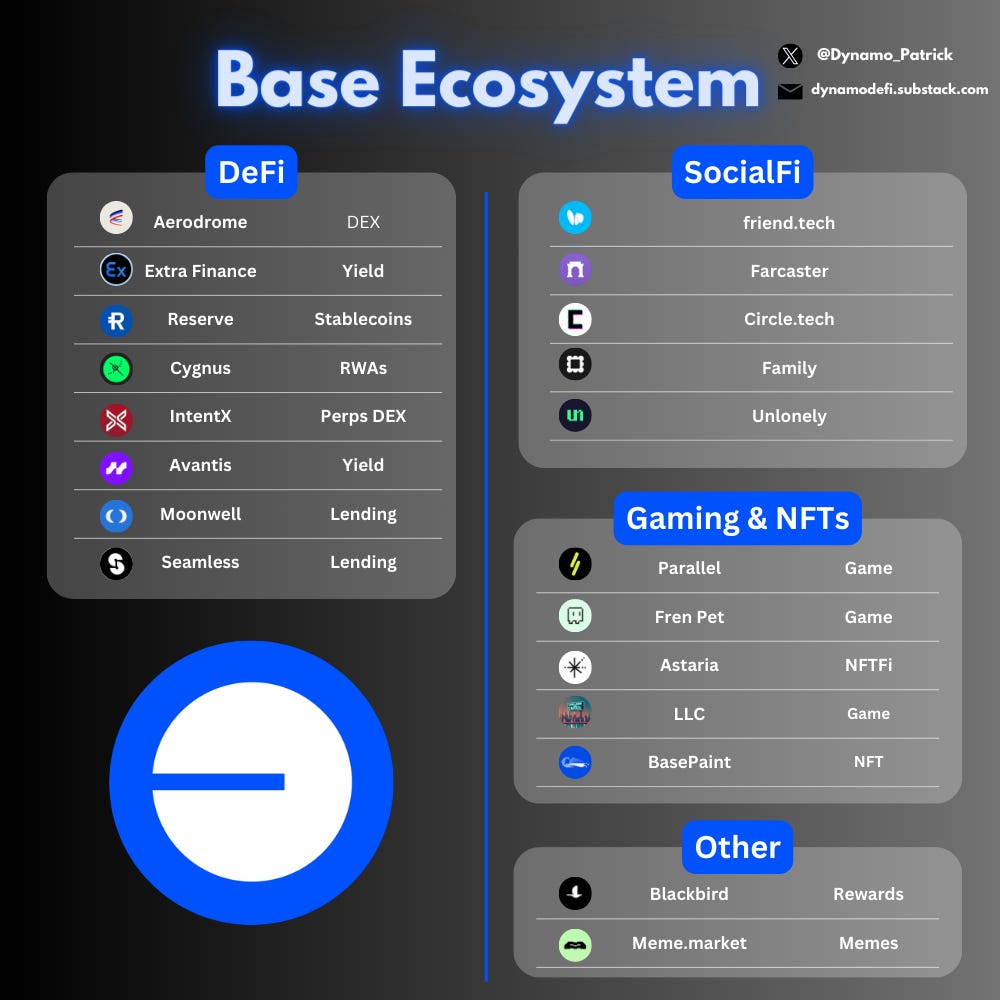Podcast Summary
This podcast episode delves into the intricacies of the Sei Network, a high-performance blockchain platform. The discussion revolves around the network’s evolution, the introduction of Sei 2.0, and its parallelized Ethereum Virtual Machine (EVM). The podcast also explores the challenges and solutions related to state bloat and the future plans for the network.
Key Takeaways
Introduction of Sei 2.0
- Addressing Developer Concerns: Sei 2.0 was proposed to address the lack of EVM compatibility on the Sei Network, a concern raised by developers. This new version combines the high performance of Solana with the tooling and familiarity of the EVM.
- Parallelized EVM: Sei 2.0 introduces the first parallelized EVM, which has resonated with the crypto community due to the high gas fees on Ethereum and the growing popularity of parallelized chains.
Handling State Bloat
- State Bloat Challenges: State bloat, an increase in data that needs to be stored on the blockchain due to high throughput and more transactions, was identified as a significant issue. The challenges related to state bloat include state sync and state storage.
- SeiDB Solution: The State Database (SDB) approach was introduced as a solution to improve state sync and state storage. With SDB, a 12x improvement in state sync times and a 50% decrease in the amount of state stored on disk were observed.
Parallel Execution and Performance
- Parallel Execution: The podcast discusses the benefits of parallel execution, which allows for multiple transactions to be processed simultaneously, leveraging modern hardware and improving performance.
- Optimistic Parallelization: Sei 2.0 introduces EVM compatibility, transitioning from access-based parallelism to optimistic parallelism, and improving state access, commit, and storage.
Future Plans for Sei Network
- Public Test Net: In the near-term, Sei Network plans to release a public test net in Q1 of 2024. They recently had an internal devnet and external developers were able to deploy smart contracts.
- Mainnet Upgrade: Following the public test net, a governance proposal and a mainnet upgrade are planned for H1 of 2024.
Sentiment Analysis
- Bullish: The podcast presents a bullish sentiment towards the Sei Network and its future. The introduction of Sei 2.0, the parallelized EVM, and the solutions to handle state bloat indicate a positive outlook for the network. The plans for a public test net and a mainnet upgrade further reinforce this sentiment.
- Neutral: While the podcast is generally bullish, it also maintains a neutral stance by acknowledging the challenges faced by the network, such as state bloat and attracting developers. However, these challenges are seen as opportunities for improvement rather than deterrents to the network’s growth.












